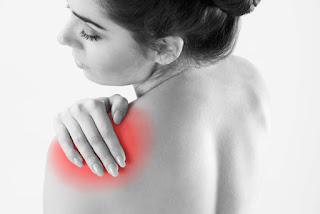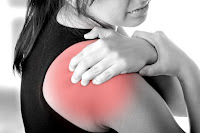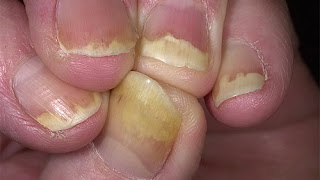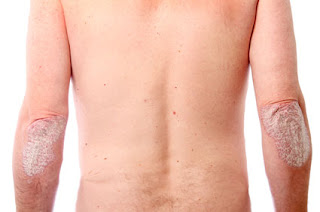Orthopedics is a diagnosis and treatment of diseases of the musculoskeletal system includesBones, Joints, Ligaments, Muscles and Nerves.
Ayurveda is an ancient science of life having an advantage of its authenticity made a unique combination of this ancient tradition with new technology and made Ayurveda more effective fast acting and user friendly. In Ayurveda, orthopedic disorders are well managed with Panchakarma therapies and internal medications.
CLASSIFICATION OF ORTHOPAEDIC DISORDERS
The diseases come under orthopedics is classified as follows
DEFORMITIES
Congenital deformities
Acquired deformities
GENERAL AFFECTIONS OF THE SKELETON
Bone dysplasias
Inborn errors of metabolism
Metabolic bone disease
Endocrine disorders
Cystic change
Osteoidosteoma
AFFECTIONS OF SOFT TISSUE
Inflammatory lesions of soft tissue
Tumours of soft tissue
AFFECTIONS OF JOINTS
Arthritis
Dislocation and subluxations
Internal derangements
NEUROLOGICAL DISORDERS
Cerebral palsy
Spina bifida
Poliomyelitis
Peripheral nerve lesions
According to the site of affection, Orthopedic disorders are again classified as follows
REGIONAL ORTHOPAEDICS
Neck and cervical spine
Shoulder region
Upper arm and elbow
Forearm, wrist, elbow and hand
Hip region
Thigh and knee
Leg, ankle and foot
Ayurvedic Orthopedic treatment for disorders
According to Ayurveda there are three doshas in human body viz. Vatha, Pitta &Kapha. The harmony of these three doshasis necessary to maintain a healthy body state, imbalance or this harmony within or between them will result in developing diseases. Thus the treatments are mainly aimed at maintaining this harmony among thridoshas by eliminating the vitiated doshas, or the metabolic waste products from the tissue level.This tissue level therapeutic aided natural cleansing is achieved by five-fold purification therapy in Ayurveda named as Panchakarmas. The duration for a course of quality panchakarma treatment ranges from 14 to 28 days.
The major dosah, vitiated commonly in orthopedic diseases is VataDosha. The vitiation of Vata will promote the tissue level degenerative changes. Hence Ayurveda Orthopedic treatment mainly it focus on bringing back the Vatadosah to the normal state and thereby preventing degenerative conditions of the bones and joints
Role of Panchakarma in Orthopedic diseases
Ayurvedic principles of treatments are based on homeostasis of tridoshas. The vitiated and excessively accumulated doshas are to be eliminated from the tissues. Even though the body itself has its own ways of eliminating the body wastes of metabolism, the therapeutically aided natural elimination of metabolic wastes will help in the tissue level purification or cleansing or detoxification of the body and thereby help in regaining the strength and vitality of the tissues. The five-fold purificatory methods, known as Panchakarma are the best natural detoxification process, by periodically undergoing which, we can prevent the degenerations and revert back the already degenerated tissues. For the best results of Panchakarma, it needs 21- 28 days of Ayurveda treatments is necessary.








